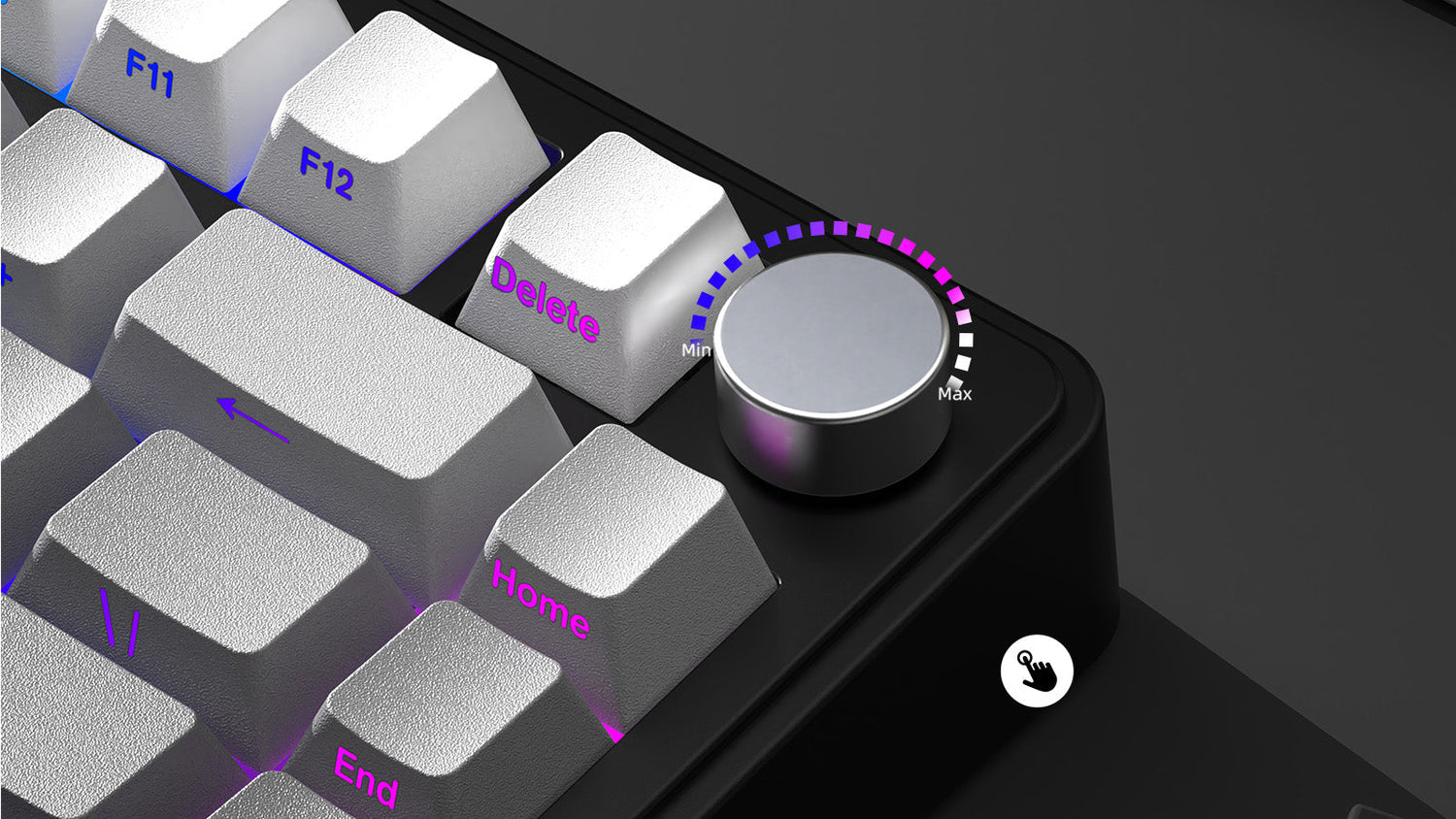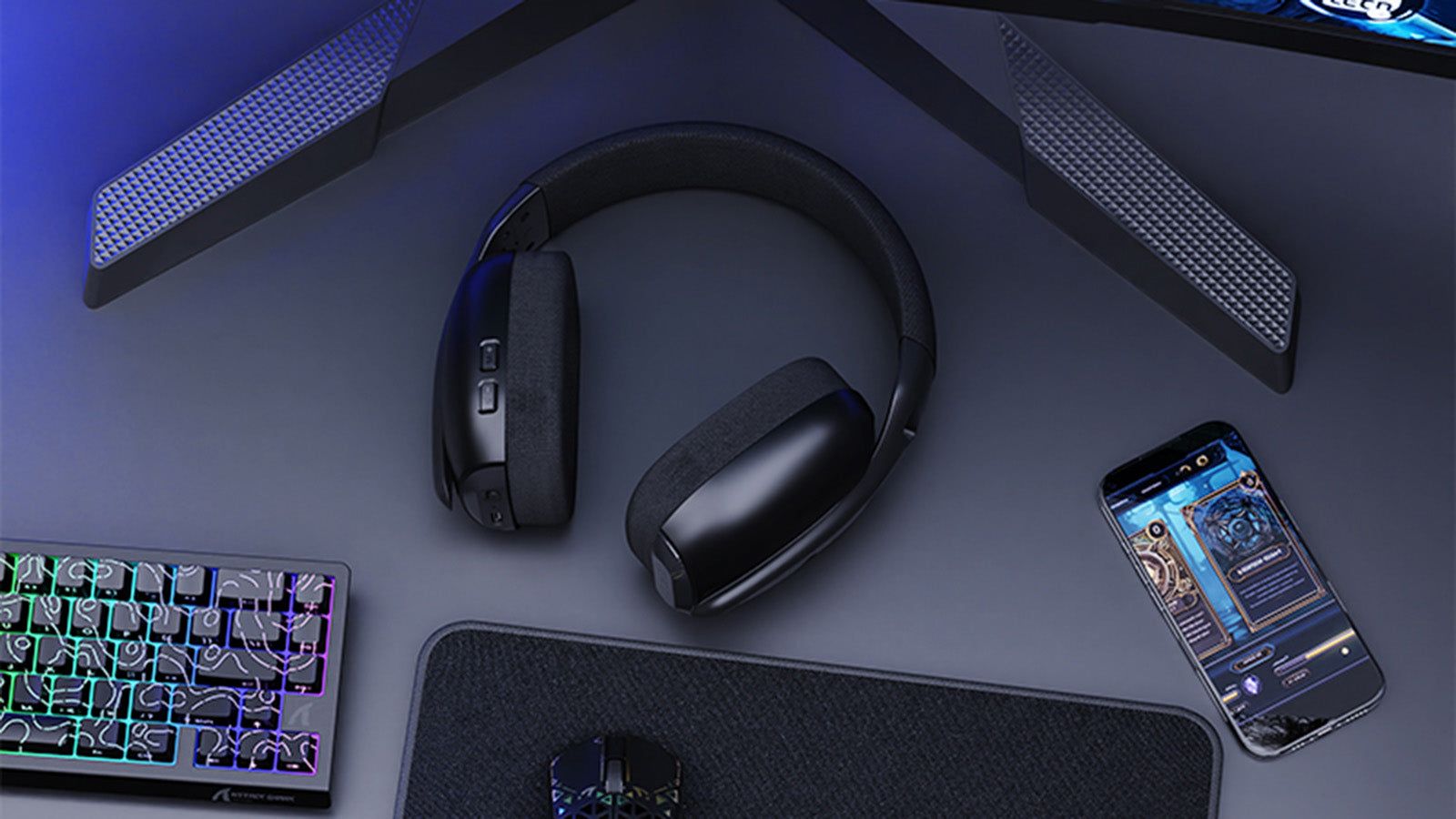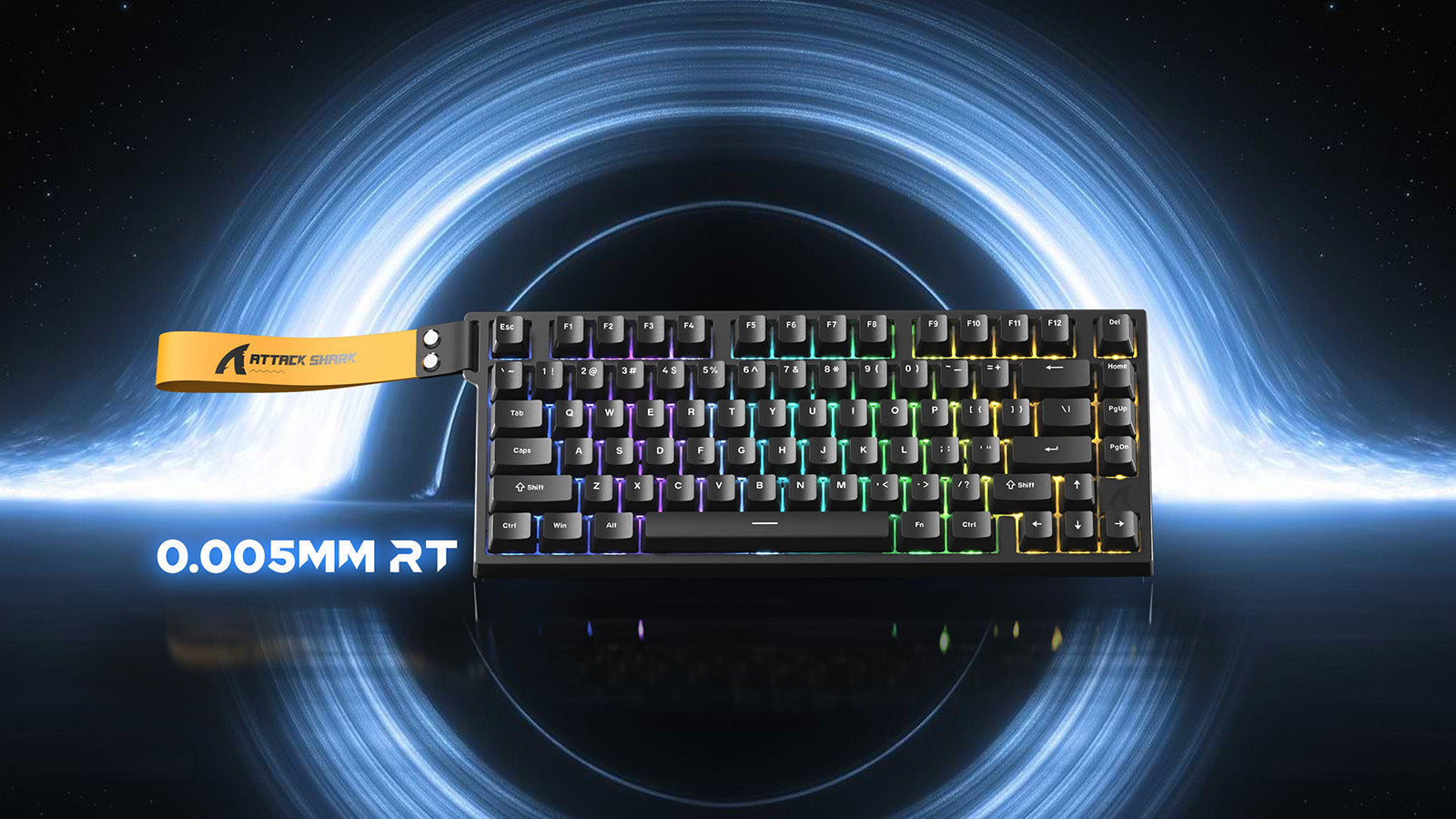So, you got a new mechanical keyboard, and it has one of those slick little rotary knobs. Awesome. Right out of the box, it probably controls your system volume, and hey, that’s genuinely useful. Twisting a physical dial is way more satisfying than hunting for media keys. But if you stop there, you're leaving a ton of potential on the table. It’s like buying a sports car and only ever driving it to get groceries.
That little knob is a powerhouse of productivity and convenience, just waiting for you to tell it what to do. If you're ready to look beyond the volume dial, you've come to the right place. Here are ten practical, clever, and game-changing ways to program your keyboard knob that you'll find yourself using every single day.

1. The Buttery-Smooth Timeline Scrubber
Alright, for all my video editors, music producers, and animators out there, this one's a game-changer. Instead of painstakingly clicking and dragging that tiny playhead on your screen, you can map the knob to your left and right arrow keys. Suddenly, turning the knob smoothly scrubs you back and forth through your project timeline. It gives you a level of fluid, tactile control that a mouse just can't match.
Seriously, finding the perfect frame for a cut or the exact millisecond to place an audio cue becomes an intuitive, almost unconscious action. If you program the knob's push-down click to be play/pause, you can pretty much manage your entire timeline without ever letting go. You’ll wonder how you ever edited without it.
2. The Digital Artist's Best Friend
If you spend your days in creative software like Photoshop, Illustrator, or Procreate, you know the dance: paint, change brush size, paint again, change size. It breaks your flow. Let's fix that. Program your knob to control brush size by mapping it to the bracket keys [ and ]. A quick twist to the right makes your brush bigger; a twist to the left makes it smaller.
You can take it a step further by setting the knob’s press to switch between your brush and eraser. Now you have a seamless creative loop—paint, resize your brush, and erase mistakes, all with a flick of your wrist. It’s a tiny change that feels huge in practice.

3. Taming the Horizontal Scroll
We’ve all been there: staring at a massive spreadsheet or a wide block of code, awkwardly trying to drag that tiny, elusive scrollbar at the bottom of the screen. It's clumsy and annoying. You can put an end to that frustration by setting your knob to handle horizontal scroll (this is often mapped to Shift + Mouse Wheel Up/Down).
Now, those sprawling Excel sheets or long lines of code are a breeze to navigate. For a pro-level setup, use a layer system. A quick tap on a function key could toggle your knob's mode from standard vertical scrolling to horizontal, giving you total command over any window.
4. The Window & Desktop Juggler
Ready to feel like a real power user? Ditch the Alt-Tab finger gymnastics and let your knob do the work. You can program each "click" of the encoder to register as an Alt + Tab command. As you turn the knob, you’ll gracefully spin through all of your open applications. When you land on the one you want, a simple press of the knob can act as Enter to select it.
If you’re a fan of virtual desktops, you can map the knob to Ctrl + Win + Left/Right Arrow to fly between your different workspaces. It’s a fluid, satisfying way to stay organized and makes multitasking feel incredibly slick.

5. Your Personal Time Machine: Undo & Redo
We all make mistakes. And we all wear out our Ctrl + Z keys. Let's give them a break. Map your knob so that turning it counter-clockwise triggers Undo (Ctrl + Z) and turning it clockwise triggers Redo (Ctrl + Y). If you're not familiar with all the keyboard shortcuts for undoing actions across different programs, it's worth learning these essential productivity boosters.
Whether you’re writing an email, coding a feature, or tweaking a photo, you can now literally "dial back" your recent actions or "dial forward" to bring them back. It’s a surprisingly intuitive way to manage your work history that feels far more deliberate than frantically mashing keys.
6. The Ultimate Browser Companion
Most of us spend a huge chunk of our day in a web browser, so let's make it more efficient. Your knob can be your best friend for taming browser chaos.
- Fly Through Tabs: Set the knob to Ctrl + Tab and Ctrl + Shift + Tab to spin back and forth through your open browser tabs.
- Navigate History: Map it to Alt + Left Arrow and Alt + Right Arrow to move back and forth through the pages you've visited.
- Zoom with Ease: Set it to Ctrl + and Ctrl - to zoom in and out on any website.
7. A Gamer's Secret Weapon
In the middle of a fast-paced game, every millisecond counts. Fumbling for the right key can get you eliminated. Your knob keyboard can provide a simple, reliable tactical advantage. A fantastic use is for cycling through your weapon or equipment slots in an FPS.
Imagine quickly twisting the knob to select a grenade or healing item without ever taking your fingers off the WASD keys. You could also map it to control scope zoom for more precise aiming, or even use it to adjust your Discord mic volume on the fly without ever leaving the game window.
8. The On-Demand Light Show
For those of us who appreciate a good RGB setup, the knob can be your personal lighting director. Forget about opening clunky software just to change a color. Most customizable keyboard firmware like QMK and VIA lets you map the knob directly to lighting controls.
You could set it up to cycle through different RGB patterns, turn the brightness up or down, or even change the speed of an animation. Get creative with layers, and you could have one for adjusting hue and another for saturation, giving you full control over your desk's vibe.
9. The System-Wide Control Deck
Volume control is just the beginning. Let’s expand that to manage more of your system's outputs. One of the most useful additions is screen brightness. Laptops have keys for this, but desktop users are usually stuck digging through menus or fiddling with monitor buttons. Map your knob to control brightness, and you’ll never go back.
With layers, you can create a mini control deck. Layer one is system volume. A tap takes you to layer two, where the knob controls screen brightness. Layer three could even manage the audio balance between different apps using a tool like EarTrumpet on Windows.
10. The One-Handed Text Selector
This last one feels like a magic trick once you get the hang of it. It’s perfect for those moments when you’re editing text with one hand on your mouse. First, set the knob to act as the Left and Right arrow keys to move your text cursor.
Here's the clever part: program the knob’s push-down action to function as the Shift key. Now, to select text, you just push and hold the knob down while turning it. This lets you highlight words or sentences with incredible precision, all with one hand, leaving your other one free for your mouse... or your coffee.
Ultimately, your keyboard's knob is a blank canvas. Its true power lies in its ability to adapt to your workflow. When combined with mastering your keyboard's core functions, you'll create a truly personalized input experience. The best hack isn't on this list—it's the one you create to solve your own unique annoyance.
Ultimately, your keyboard's knob is a blank canvas. Its true power lies in its ability to adapt to your workflow. The best hack isn't on this list—it's the one you create to solve your own unique annoyance. So fire up your keyboard’s software, tinker a bit, and unlock the potential sitting right at your fingertips. Go have some fun with it.






Leave a comment
This site is protected by hCaptcha and the hCaptcha Privacy Policy and Terms of Service apply.